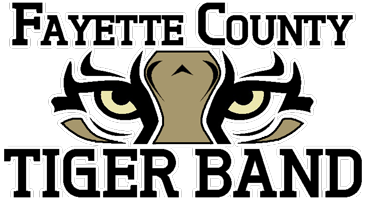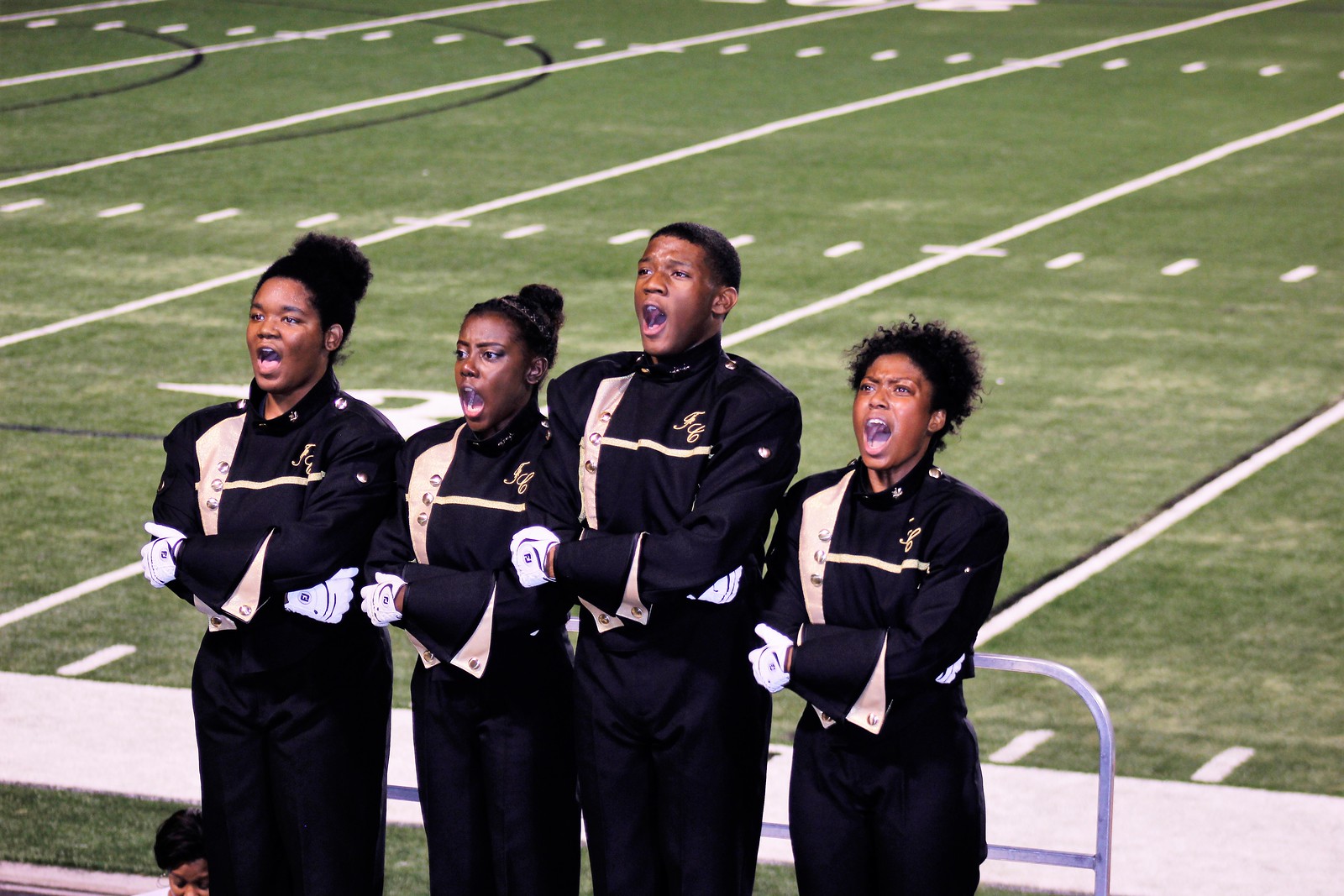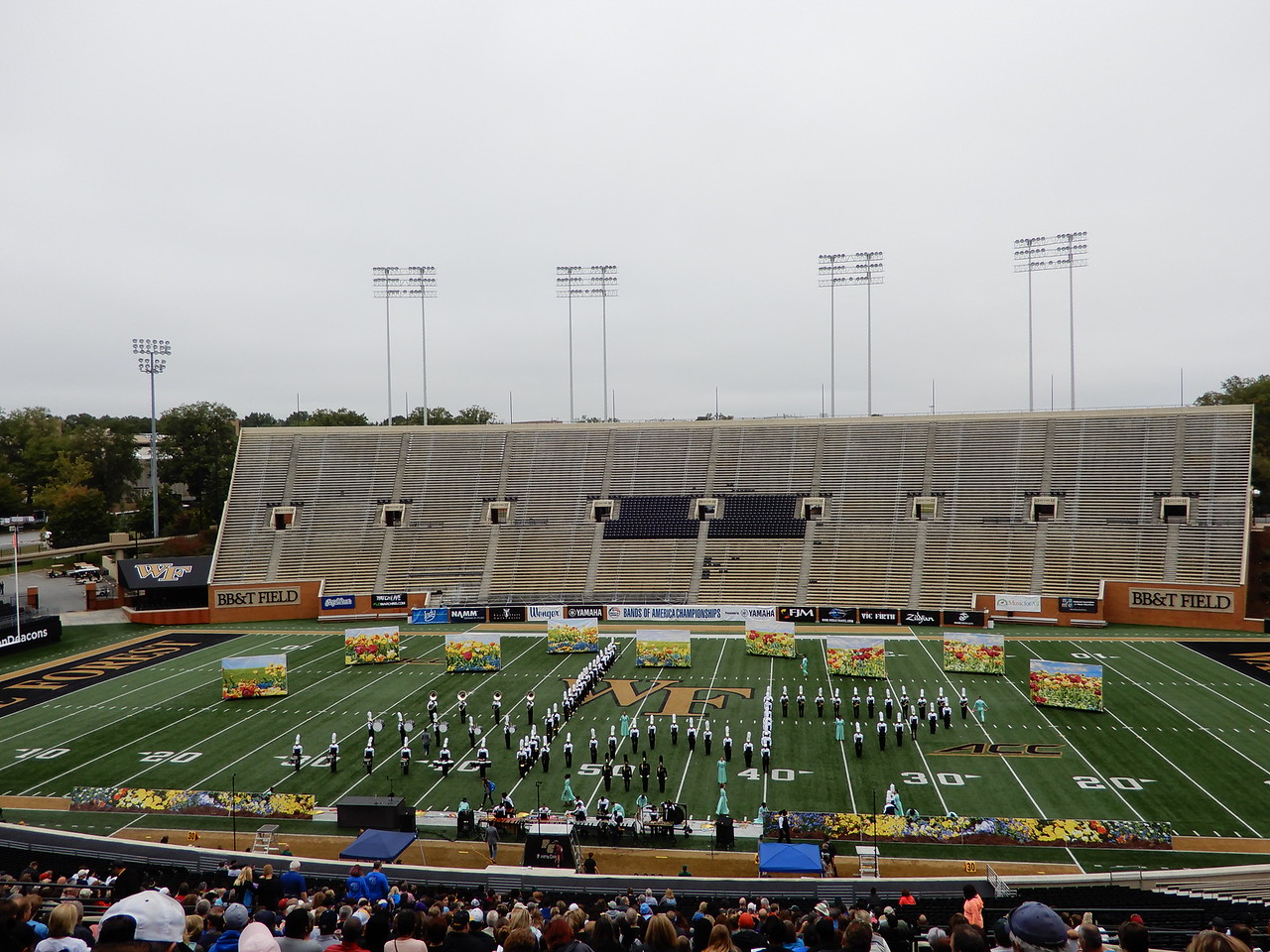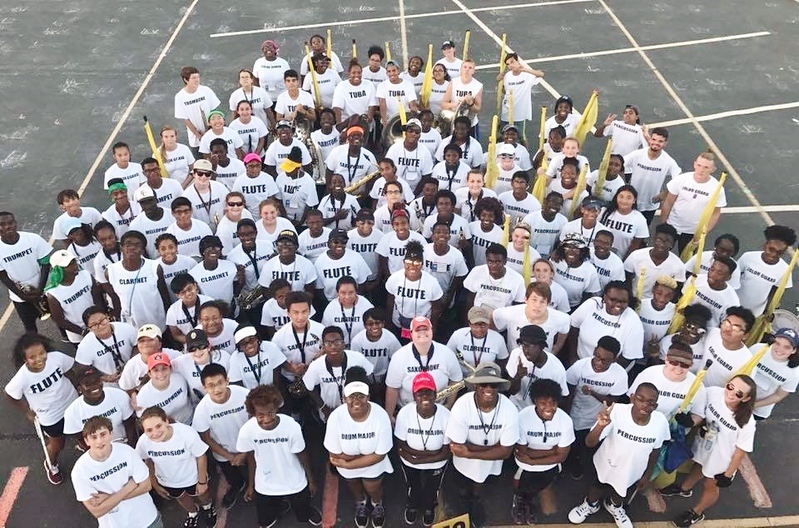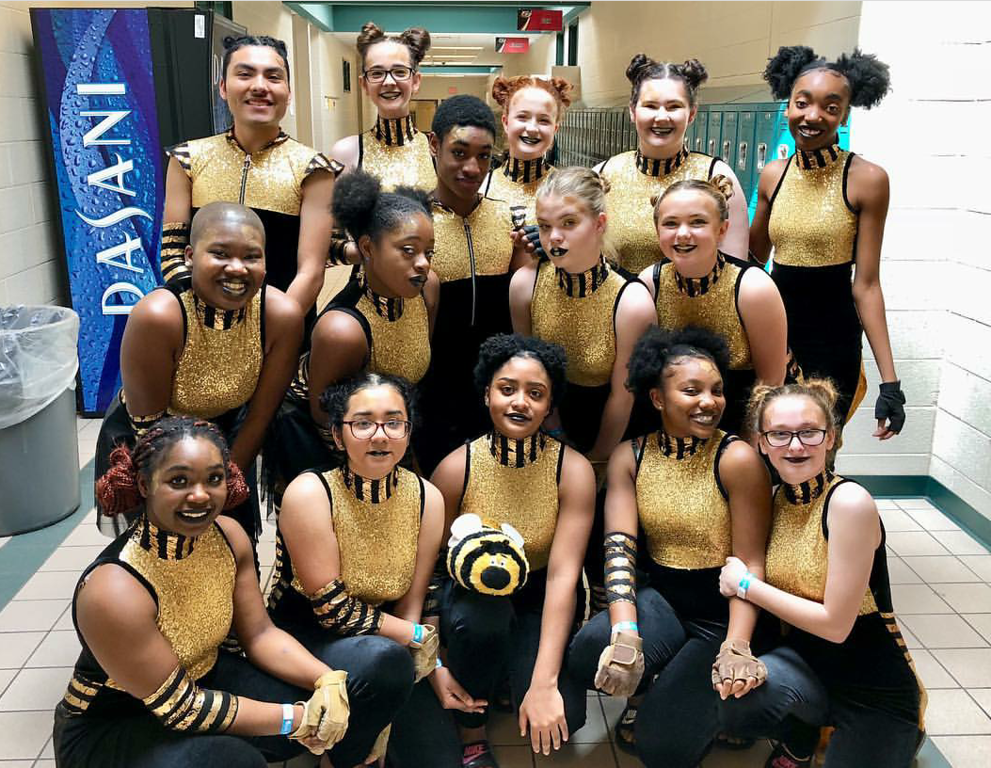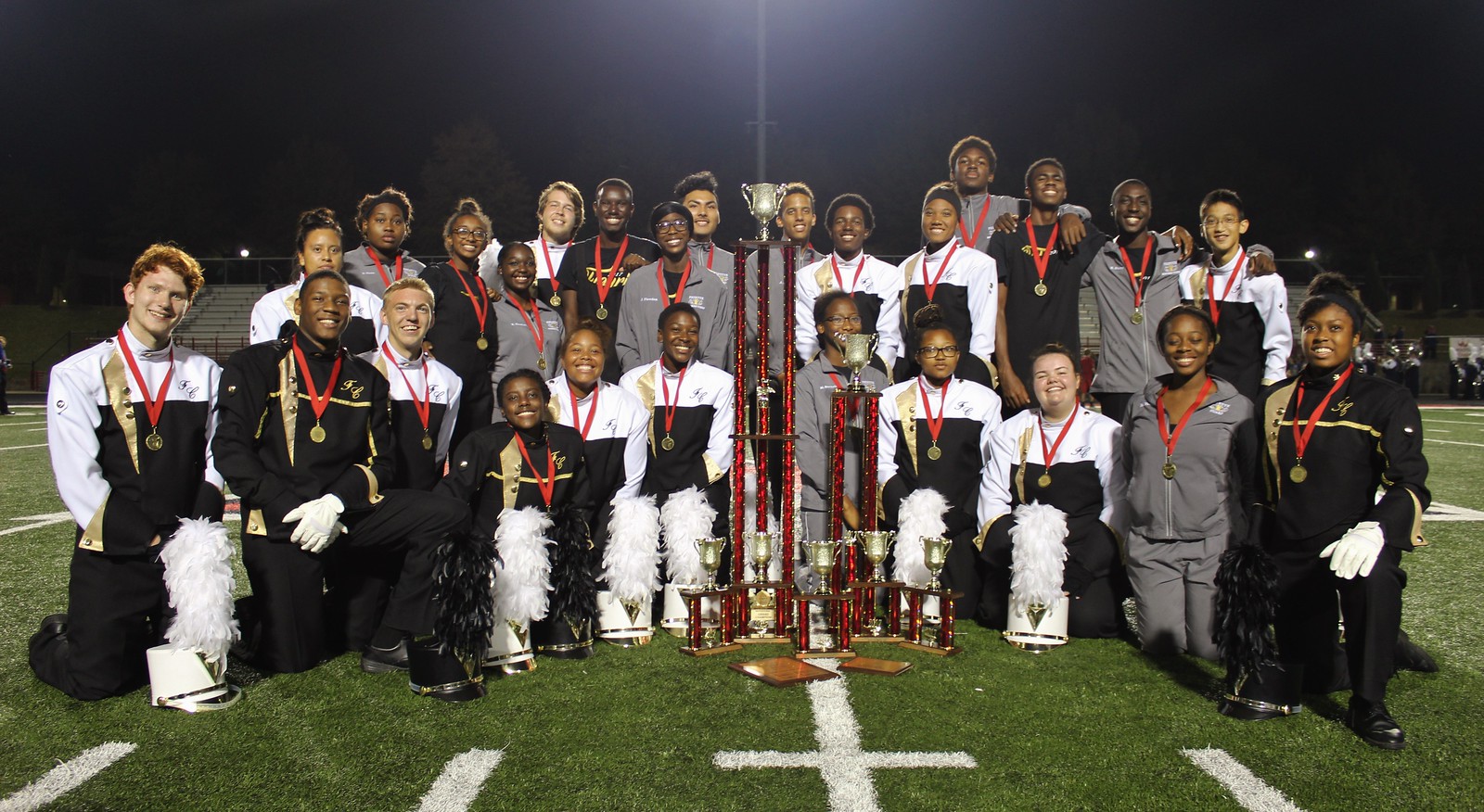The Feldgendarmerie had the authority to pass through roadblocks, checkpoints, and secured areas and were allowed to conduct body and property searches and obtain the assistance of any other military or civilian personnel. Learn how and when to remove this template message, "Polizeiliche Ermittlungsorgane der Wehrmachtjustiz", "German Military Police: The Third Reich - 1939 to 1945", https://en.wikipedia.org/w/index.php?title=Feldgendarmerie&oldid=1141599967, Short description is different from Wikidata, Articles needing additional references from January 2015, All articles needing additional references, Articles containing explicitly cited English-language text, Articles with unsourced statements from December 2021, Creative Commons Attribution-ShareAlike License 3.0, This page was last edited on 25 February 2023, at 21:45. Each Feldjgerkommandeur originally controlled a Feldjgerabteilung (battalion), and from 24 April 1944, a regiment). armament for Feldgendarmen consisted of light weapons such GitHub export from English Wikipedia. They were used as standard military policing roles, Occupation troops, for controlling "Strafbattalions" and hunting for deserters. The swastika was in black and the rest of the insignia in orange-red for other ranks and in silver thread for officers. by Starinov 25 May 2004, 18:52, Post These specialSS-Feldgendarmeriewere denoted by a diamond polizei-eagle insignia worn on the lower sleeve. Designated the SA Field Police (SA-Feldjgerkorps), this formation was organized into eight battalions of approximately 195 men each with each battalion being assigned to a specific city or district with its headquarters in Berlin. the civil Gendarmerie and other suitable soldiers, again many of whom were experienced Gorgets issued Profos ( Provost) entered German usage from France in the 16th robbers, vagabonds and those who carried forbidden weapons and what were Luftwaffe version on field-blue. In June 1946, more than 12 months after the official end of World War II, the Feldgendarmerie became the last German units to surrender their arms. Dissolution and Reorganization After the War. The most evil women in history, Ilse Koch. to Korps size) a Feldgendarmerie Kompanie would be found but The Provost became, in effect, judge jury and executioner in one, with his mounted It was formed on 27 November 1943 from distinguished veterans and Patrol Service personnel. Like the Wehrmacht, the SS Feldgendarme was more than likely a former civil policeman or an experienced combat NCO with around 4 years of service. They often worked in close cooperation with the Geheime Feldpolizei (English: Secret Field Police), district commanders and SS and Police Leaders. View G16839 Add to Compare. These were usually formed of men who were in lower fitness categories, often older men with minor medical ailments that prevented them serving in frontline combat units. Suggest or Ask for translation/definition It was no easy feat passing the requirements and becoming a police officer. Answer (1 of 2): The metal plate in question is called a 'gorget'. identity, over a Roman numeral indicating the number of the Army Corps. Feldjgerkommando I and II served on the Eastern Front, while Feldjgerkommando III ended the war in the West. A Feldgendarmerie major general who was in charge of all Feldgendarmerie personnel attached to the Wehrmacht, was directly subordinated to the Generalquartiermeister. They often worked in close cooperation with the Geheime Feldpolizei (English: Secret Field Police), district commanders and SS and Police Leaders. Indeed, the Gestapo was overwhelmed with denunciations and spent most of its time sorting out the credible from the less credible of these. After World War I, all military police units were disbanded and no police units existed in the inter-war Weimar Republic era. For the modern German military police, see, Kalmbach, Peter Lutz (2013): Polizeiliche Ermittlungsorgane der Wehrmachtjustiz. Waffen-SS Feldgendarmerie Units. Felgendarmerie units took active part in Jews hunting operations, including in Western Europe. In fact, the original intent was to call the MPs Militrpolizei, literally military police. specific Army Feldgendarmerie uniforms. plate or Ringkragen worn around the neck when on duty. The SD was mainly an information-gathering agency, while the Gestapo and to a degree the Kripo made up the executive department of the political police system. Their duties policing the areas behind the front lines ranged from straightforward traffic control and population control to suppression and execution of partisans and the apprehension of enemy stragglers. In total by the During the April 1941, German invasion of Yugoslavia, 8,000 Yugoslav soldiers evade capture and hide out in the woods, gathering weapons from unguarded stockpiles of their defeated army. At regular intervals, a gazette of wanted soldiers was published and circulated to all security and police agencies in the army group. Courses lasted one year and failure rates were high: in 1935 only 89 soldiers graduated from an initial intake of 219 candidates. Sipo was composed of theKriminalpolizei(Kripo) and the Gestapo. Knights as his enforcers. They were employed with Army divisions and higher formations. the image above, with a pale blue collar and cuffs. They had the military authority of the OKW to arrest and execute officers and soldiers from either the Wehrmacht or the SS for desertion, defeatism and other duty violations. The Feldjgerkorps consisted of 3 Feldjgerkommando: Feldjgerkommando I and II saw action on the Eastern front, whilst Feldjgerkommando III saw action on the western front. < > 13 Comments Toast Feb 26 @ 6:42am no *TRF* Anti-Woke Feb 18 @ 1:13am does this work? Far from being an all-powerful agency that knew everything about what was happening in German society, the local offices were understaffed and included overworked personnel who struggled with the paper load caused by so many denunciations. Life in the Third Reich & Weimar Republic, Kriegsmarine surface ships and Kriegsmarine in general, Luftwaffe air units and Luftwaffe in general, German Strategy & General German Military Discussion, NSDAP, other party organizations & Government, The Dieter Zinke Axis Biographical Research Section, The Ron Klages Panzer & other vehicles Section, Panzer & other vehicles - Photo threads, Axis Documents, Feldpost numbers, Postcards & Other Paper Items, The United Kingdom & its Empire and Commonwealth 1919-45, The Allies and the Neutral States in general, German Colonies and Overseas Expeditions, The end of the Ottoman Empire 1908-1923, Translation help: Breaking the Sound Barrier, http://home.mweb.co.za/re/redcap/germany.htm. piped Feldgendarmerie straps for Feldgendarmerietrupp "GD". The organization consisted of a few hundred full-time agents and several thousand informants. modern Feldjger). At the outbreak of the First World War the Feldgendarmerie comprised 33 companies. The badge was was the standard Prussian eagle, with the Guard Star The title Initially, army shoulder straps before finally, these troops acquired their cost 20 Armaments 1x MP 40 (9mm) RoF: 117.5 r/m Bullet Damage: 0.4 Suppression: 6 Blast: 26 Accuracy: 50 % Range: 100 m Here a Feldgendarmerie officer of the rank of General Major was directly sub-ordinated to the Quartermaster General. The arbitrary and brutal policing of soldiers gave them the other nickname Heldenklauer (English: hero-snatcher) because they screened refugees and hospital transports for potential deserters with orders to kill suspected malingerers. Feldgendarmerie units were generally given occupation duties in territories directly under the control of the Wehrmacht. The cuff title was used until 15 November 1944 after which members of the SS-Feldgendarmerie reverted to wearing the cuff-title of their division. They often worked in close cooperation with the Geheime Feldpolizei (English: Secret Field Police), district commanders and SS and Police Leaders. this conflict, as was the German fashion until after WW2, during peacetime, Feldgendarm on the Eastern Front in 1944. Panzergrenadier-Division from elements of the destroyed 60. The arbitrary and brutal policing of soldiers gave them the other nicknameHeldenklauer, hero-snatcher, because they screened refugees and hospital transports for potential deserters with orders to kill suspected malingerers. . FHH (for action 25.06-29.07.1944 zwischen Mogilew und Seirijai)- Koch, Erwin, 00.00.1945 (6251), Hauptmann, Pz.Gren.Ers.u.Ausb.Rgt. This type of band was sometimes The order to wear pink or gold took place so often that it was commonplace to have some Mounted Recon units wearing gold while others wore pink. A Feldgendarmerie (Army Military Field Police) Gorget $845. FHH (for action 01.07.1944 an der Beresina)-- [as Drr notes this is the same man receiving two AUs, second unit should be the one at time of award]- Kuhna, Bernhard, 27.05.1944 (3368), Major, Kdr. These SS units had a severe reputation for being strict enforcers of military law. Feldgendarmerie der Waffen-SS Despite its small size at the outbreak of war, unlike the Luftwaffe, the SS maintained its own Feldgendarmerie from 1939 onwards. FHH- Wolff, Helmut, 07.01.1945 (5121), Oberstleutnant, Kdr. plate. Glad to hear you got the piece, bargain of the year at that price ! To . At the outbreak of the war the German high command organised a secret police force (the Geheime Feld Polizei or GFP) to serve with the Armed Forces. Typical BACKGROUND: As with the Army, the "SS-Feldgendarmerie", (SS-Military Field Police), units were established on mobilization in 1939 and drew the majority of its personnel from the civil Ordnungspolizei, (Order Police), as they were already familiar with policing regulations and tasks. can be seen from this enlarged extract of the above image, the special In case of a maneuver, mobilization or war 50% of the Gendarmerie formed the core of military police of the army, called Feldgendarmerie. But its deeper meaning lay in its reference to their severe reputation as efficient military policeman and strict enforcers of military law. Military policemen were armed with Walther pistols that had been designed for use by civilian police, either the model PP (Police Pistole) or PPK; they were favored by officers over the Luger PO8 and Walther P38 used by other ranks. Until this time, the Feldgendarmerie and Geheime Feldpolizei had been relied upon to try to curb desertion and maintain discipline; however, the recent string of German defeats and the fact that there was no single service dedicated solely to catching deserters impelled the creation of the Feldjgerkorps in November of that year. Early history. It was formed on 27 November 1943 from distinguished veterans and Patrol Service personnel. The Feldgendarmerie: Equipment and Duties. Each major field unit of the Luftwaffe was allocated a Feldgendarmerie-Trupp and the Trupp was the standard Feldgendarmerie unit strength throughout the Luftwaffe. The numbers The organisation, structure and size of the Luftwaffe Feldgendarmerie units followed the army model. A Feldgendarmerietrupp, attached to an infantry or panzer division, would usually comprise three officers, 41 noncommissioned officers, and 20 men. An Unteroffizier As "field gendarmerie") were a type of military police units of the armies of the Kingdom of Saxony (from 1810), the German Empire and Nazi Germany until the conclusion of World War II in Europe. or "Chain Dogs". The group could be divided so that one or two men were assigned to police a large area. police formation and in 1813 the Gendarmerie im Felde (literally By 1918, the number of companies had been expanded to 115 units. The collar and cuff litzen The gorget was worn at all times while on duty except when combat operations made this impossible. Hitlers Germany was known for its organization and efficiency, as well as its deprivations, terror, and cruelty. 1914-1918 Wold War I. As military policemen, their behavior and conduct was to be above reproach. Holders of the Commendation Certificate of the Commander-in-Chief of the Army (6)- Bulle, Dr. Eduard, 07.01.1945 (5125), Oberfeldarzt, Div.Arzt Pz.Gren.Div. The Sicherheitsdienst: SS Intelligence Service. Members of the SA-Feldjgerkorps were allowed to rejoin or transfer into the SS following completion of their service with the unit. Military Police units were incorporated into military structures of some Czechoslovak units fighting abroad, such as Czechoslovak legions in Russia or in Italy. The Feldjgers function was to preserve order and discipline, prevent panicked retreats, collect stragglers, and round up escaped prisoners of war. outbreak of WW1, 33 Feldgendarmerie units were formed with drafts of men from then "Marshall" absolute legal power which made him a figure that Literature. Infanterie-Division (mot) and Grenadier-Regiment 271 "Feldherrnhalle" of 93. The SS grew from a small paramilitary unit to an elite force that served as the Fhrers Praetorian guard. It was built upon the extreme Nazi ideology and operated under Reichsfhrer Heinrich Himmler. Some were lawless, unholy organizations wielding absolute power of life and death, while others tried to provide order in chaos. Contribute to chinapedia/wikipedia.en development by creating an account on GitHub. Sun, Dec 25, 2016, 11:22 AM. It was administered by the RSHA, the head office of the Reichs security service, and was considered a dual organization of the SD and also an office under the Sipo. it would be various Cavalry type units which would carry out military poilice The Schutzstaffel orProtective Squadron, the infamous SS, was an organ of the Nazi Party. No Feldgendarmerie-unit. Their duties were similar to the Bahnhofswache, but they also guarded trains passing through enemy territory and dealt with partisan acts of sabotage. generated more fear than all the devils and witches that seemed to be an obsession The original pattern was stamped An Early Luftwaffe Air Traffic Controller's "REICHS-LUFT-AUFSICHT" Gorget $1,001. After the middle of 1943, cases were identified in which German soldiers in France and Russia had deserted to the resistance or partisans. ButFeldgendarmerieunits are known to have assisted the SS in committing war crimes in occupied areas. A battalion was subdivided into smaller-sized Truppen[citation needed] which were attached to each division or corps. Regular British units also lack some of the weapons or variety that other armies benefit from. By the end During the last days of the war, Feldgendarmerie caught by Soviet troops, who had been offered a bounty for their capture, could expect to be shot on the spot. Sale Date. Please find below our range of WW2 German Police Insignia including Sleeve Eagles and Police gorgets. Because the Feldgendarmerie did not have enough manpower to fulfill all of their tasks, the Wehrmacht established several military police like troops, some of them with limited authority. On this Wikipedia the language links are at the top of the page across from the article title. needed units were created by temporarily assigning personnel However, state officials protested as the law enforcement function in the brand new German constitution had been given primarily to the states, not the federation. The Ordnungspolizei had the right to draft men, and by the summer of 1940 almost 250,000 men served these units. Both units donated a medical company and the 306 also gave up it's Feldgendarmerie. In January 1944 as the Red Army began to advance on the Eastern Front, the power of the Feldgendarmerie was superseded by the creation of the Feldjgerkorps. In 1915, This earned them the pejorativeKettenhunde, after the gorget they wore with their uniforms. Generalleutnant Otto Kohlermann (? By 1943, World War II was turning against Germany and morale amongst the front line troops was dropping. Reformed in 1939 from experienced army NCOs and civil gendarme, Feldgendarmerie units were attached to armies by battalion but would then be broken down into smaller units for deployment. When combat units moved forward out of a region, the Feldgendarmerie role would formally end as control was then transferred to occupation authorities under the control of the Nazi Party and SS. Hand Available. military police. The Feldjgerregiment contained five Feldjgerabteilungen each of which contained three Kompanies, of about 50 men. A dark green The ratio of Gestapo officers to the population of the areas they were responsible for was extremely low. In case of disputes, the Feldjger were entitled to settle arguments at gunpoint. FHH- Koch, Erwin, 05.03.1945 (5586), Hauptmann, Felders.Btl. In 1936, the German civilian police were divided into the Ordnungspolizei (Orpo) or Order Police and the Sicherheitspolizei (Sipo) or Security Police. They wore standard Army and SS field uniforms with distinctive insignia and some special clothing and equipment. [1] The Feldjgerregiment could shelter every unit of military or civil police or Ordnungstruppen (regulation troops), for example the Feldjgerregiment III had from March to April 1945 authority about the "Auffangorganisation der Luftwaffe" at the western front.[2]. But by 1943 as the tide of war changed for Nazi Germany, the Feldgendarmerie were given the task of maintaining discipline in the Wehrmacht. . In Belgium and France they were also deployed against the resistance. [1] The Oxford Handbook of Holocaust Studies states that there is a need for further research into the role of the Feldgendarmerie during the Holocaust.[2]. A chain link chinstrap was worn rather than the leather The field police units were responsible for carrying out duties that included maintaining order, ensuring discipline and traffic control. Pros: Japan forces can succeed through their sheer determination. After 1939, when many Gestapo personnel were called up for military duty or moved to other security services, the overwork and understaffing at local offices greatly increased. Strong measures were called for. The history of Feldgendarmerie escorting prisoners. Two waist adjustment tabs (fastened with a two pronged metal buckle) on the outside of the waist band, one on each side. Through the use of fear, backed up by the authority of the high command, it was hoped that the Feldjger would provide the incentive for German soldiers to stand and fight to the death. by Fredd 29 May 2004, 13:18, Return to Heer, Waffen-SS & Fallschirmjger. Feldgendarmerie Police Insignia. Its units carried out plainclothes for undercover operation security work in the field such as clandestine operation, counterpropaganda, counterinsurgency . Nicknamed Kopf Jger (Head Hunters), they also tracked down and punished those deemed to be deserters. 1916, a field grey tunic was issuied to replace the dark blue pre-war version,. FHHHolders of the Knight's Cross (4)- Berger, Herbert 12.03.1944 Oberfeldwebel Zugfhrer i. d. 10./Gren.Rgt (mot) FHH- Oberwhrmann, Erich 07.02.1944 Hauptmann Fhrer Pz.Abt Feldherrnhalle- Ostermeier, Hans-Arno 23.08.1944 Hauptmann d.R. Although they were authorized to wear the uniform of an Army administration official, they generally wore civilian clothing.
Ana Gabriel Tour 2021 California,
Dietitian Degree Apprenticeship,
Is Becky Lynch A Grand Slam Champion,
Articles F
